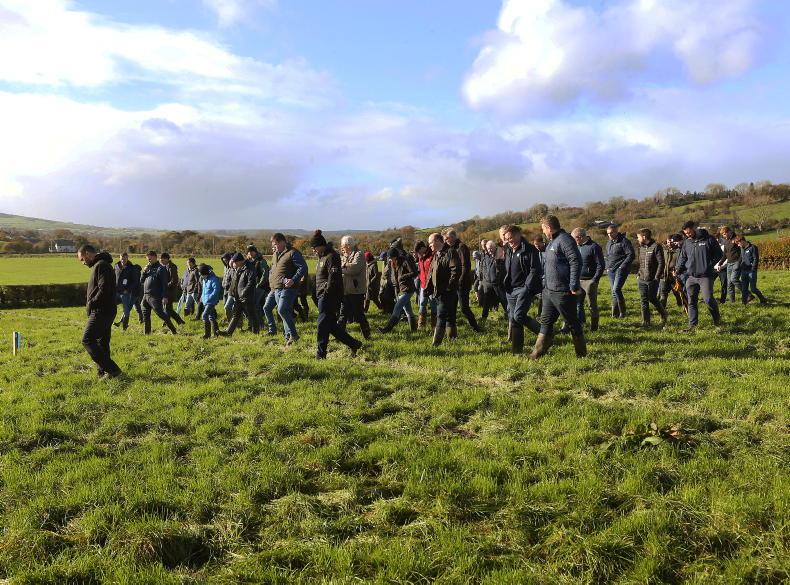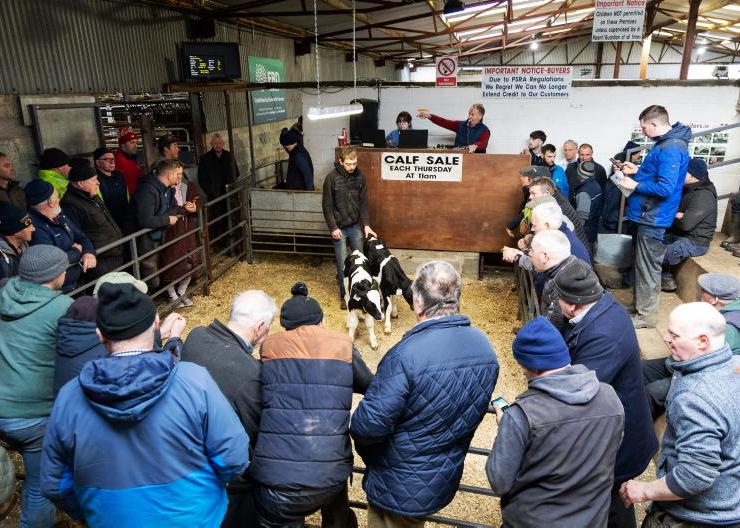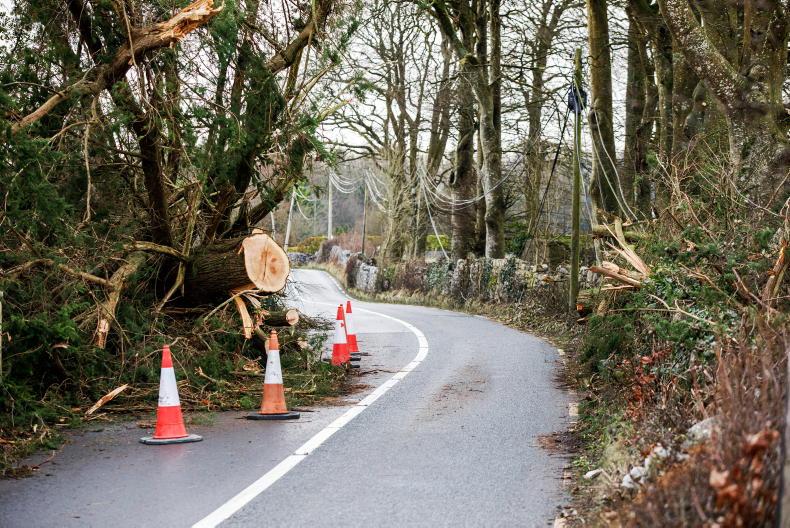This week, Aidan Brennan details a report from a recent trip to Denmark. Batch robotic milking in a herringbone style or an automatic arm on a rotary has been under development and discussion for some time.
The challenge of getting people to work on dairy farms hasn’t lessened, and if anything has worsened.
As Aidan points out, the thinking around automatic batch milking has been that some shared equipment could be used rather than having to invest in all new, individual equipment per robot.
This would help reduce the cost of the investment. The Danish technology investment is still probably double the investment cost of what a conventional rotary would cost to milk that number of cows.
With the rotary, you still have all the challenges of sourcing milkers, but the Danish investment is not labour-free either, rather it’s a different type of work.
On the face of it, this is not a game changer on technology, however batch robotic milking is clearly different to voluntary robotic milking as we understand it in Ireland.
Need to quantify and reward carbon sinks
Following on from last week’s front page story,this week Limerick’s John Hourigan from the Carbon Action Renewal group outlines his reaction to the recent news that the EU Agri committee had voted positively to setting up a framework to certify carbon removals.
Essentially this means quantifying the carbon dioxide soaked up by grasses, ditches, rewetting and hedges on farms across the EU to certify it and reward farmers.
Balanced
John is of the opinion again that there needs to be an equation per farm where net emissions are balanced by net removals, but that existing carbon sinks must be rewarded.
This is very clearly in line with our recent reporting and recommendations on the ARC Zero work in Northern Ireland.
Farmers need positive incentives, not just negative rhetoric and livestock reductions to make farming achieve legal emissions guidelines. Surely any investment a farmer has made or makes to change or add new technology should be rewarded.
This week, Aidan Brennan details a report from a recent trip to Denmark. Batch robotic milking in a herringbone style or an automatic arm on a rotary has been under development and discussion for some time.
The challenge of getting people to work on dairy farms hasn’t lessened, and if anything has worsened.
As Aidan points out, the thinking around automatic batch milking has been that some shared equipment could be used rather than having to invest in all new, individual equipment per robot.
This would help reduce the cost of the investment. The Danish technology investment is still probably double the investment cost of what a conventional rotary would cost to milk that number of cows.
With the rotary, you still have all the challenges of sourcing milkers, but the Danish investment is not labour-free either, rather it’s a different type of work.
On the face of it, this is not a game changer on technology, however batch robotic milking is clearly different to voluntary robotic milking as we understand it in Ireland.
Need to quantify and reward carbon sinks
Following on from last week’s front page story,this week Limerick’s John Hourigan from the Carbon Action Renewal group outlines his reaction to the recent news that the EU Agri committee had voted positively to setting up a framework to certify carbon removals.
Essentially this means quantifying the carbon dioxide soaked up by grasses, ditches, rewetting and hedges on farms across the EU to certify it and reward farmers.
Balanced
John is of the opinion again that there needs to be an equation per farm where net emissions are balanced by net removals, but that existing carbon sinks must be rewarded.
This is very clearly in line with our recent reporting and recommendations on the ARC Zero work in Northern Ireland.
Farmers need positive incentives, not just negative rhetoric and livestock reductions to make farming achieve legal emissions guidelines. Surely any investment a farmer has made or makes to change or add new technology should be rewarded.









SHARING OPTIONS